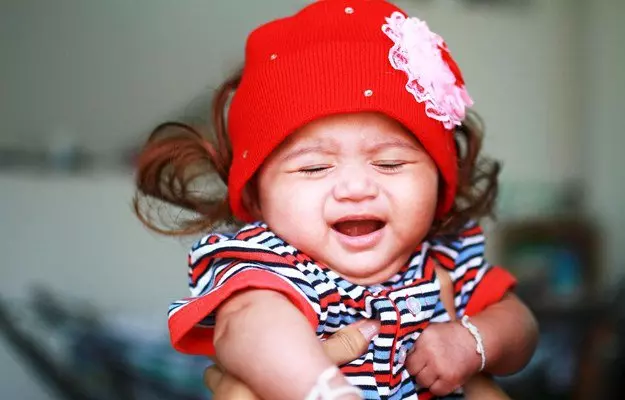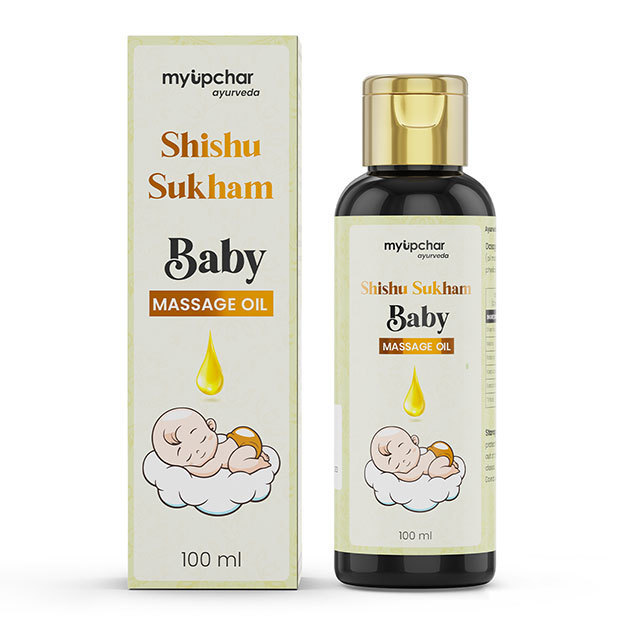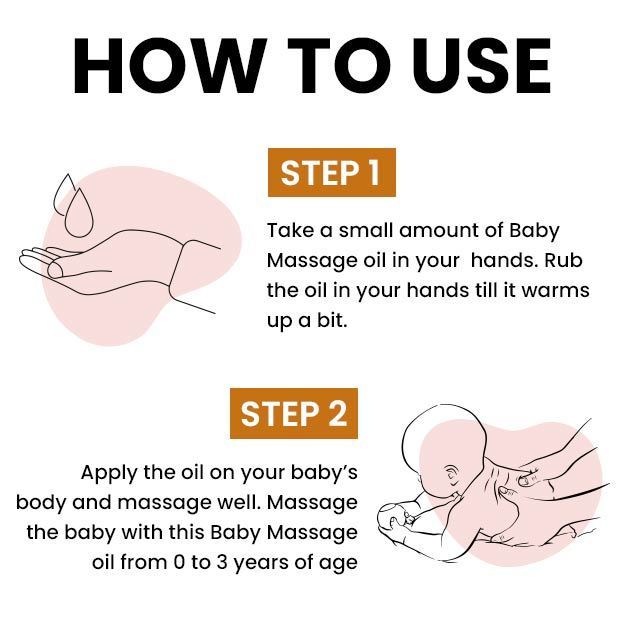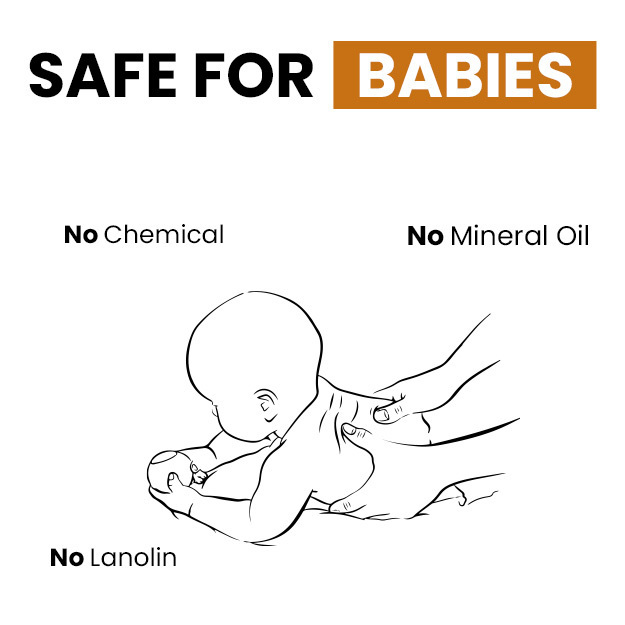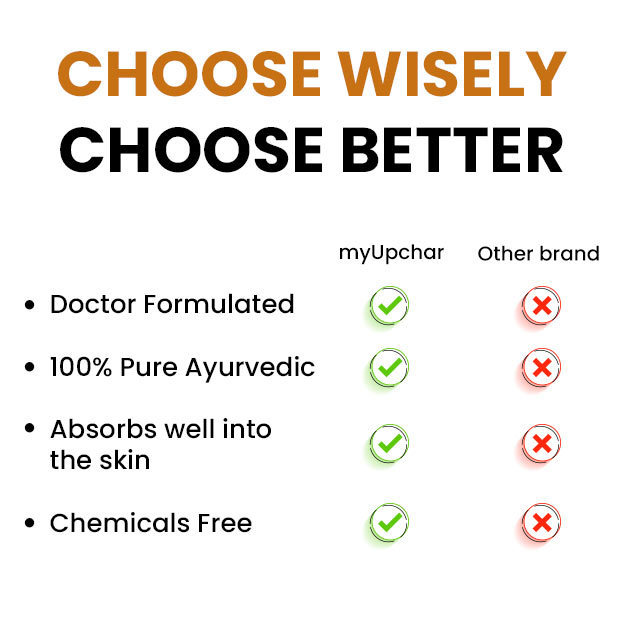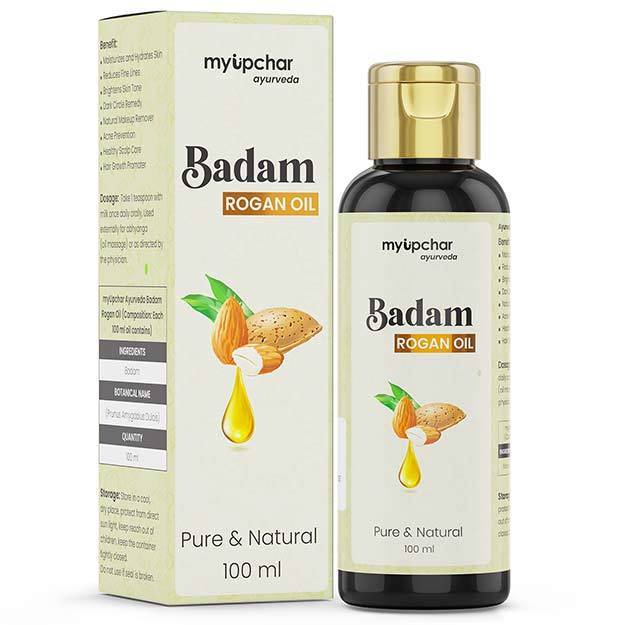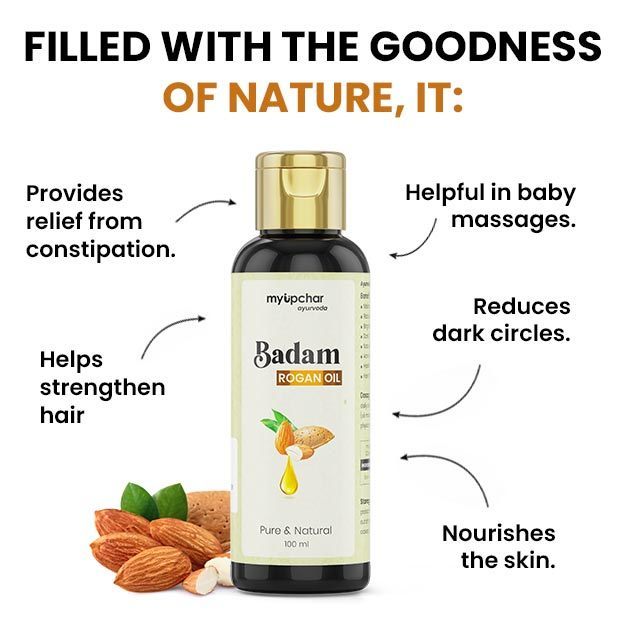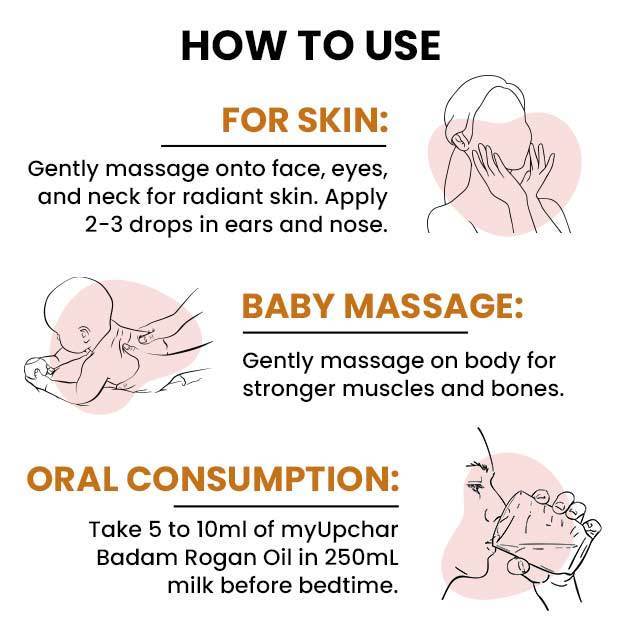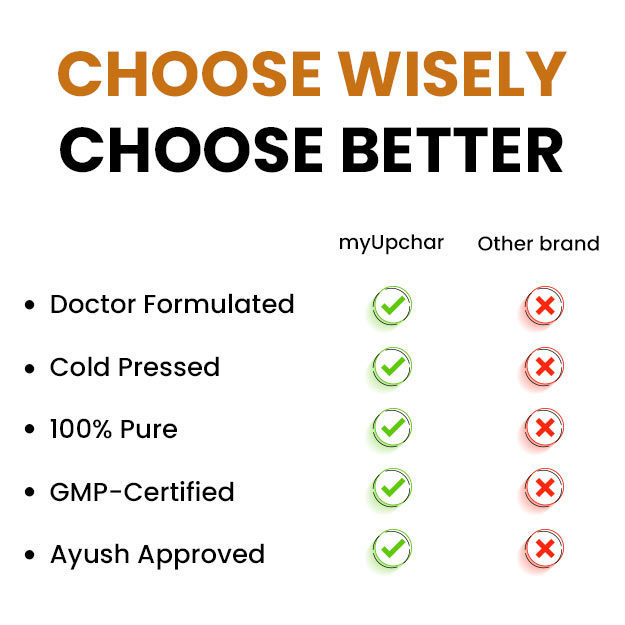When jaundice starts in newborn babies , their skin and eyes turn yellow. It is a common condition in infants, affecting nearly 50 percent of newborns. Jaundice is more frequently seen in premature babies, and boys are at a higher risk than girls. It usually appears within the first week after birth. This article provides detailed information about jaundice in newborns, including its definition, symptoms, causes, normal bilirubin levels, treatment options, and preventive measures.
(Read more - Can jaundice be fatal for a newborn?)

